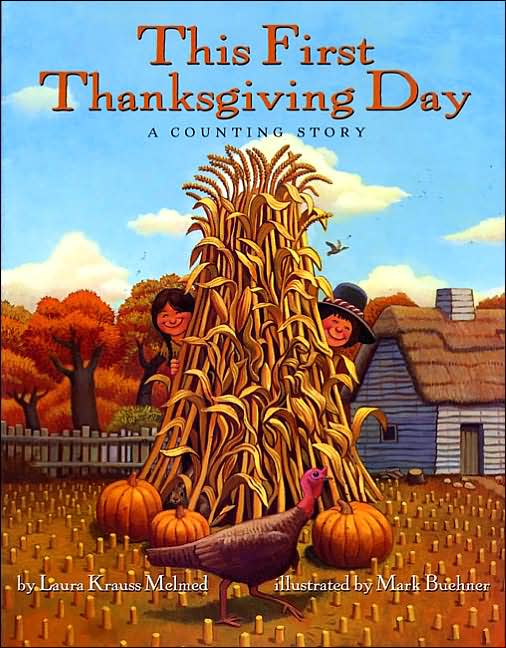
When I met
Little Smudge, my thoughts drifted to
Little Blue and Little Yellow by Leo Lionni. They, too, were just small blobs of ink or paint on the page. As I read the small note of thanks to Leo Lionni, Miro, and Matisse, I knew I would enjoy reading this book. What a great way to introduce modern art to the children! Art can be shapes, lines, dots, or anything they want it to be.
This story also teaches an important lesson on friendship. Little Smudge is lonely. His mother tells him to go find some friends, as though it were that easy, but he goes out to find friends. He looks all over and doesn't find anything. Then, he hears noise, which he follows to find a bunch of colorful shapes playing together. They won't be his friend because he is just a smudge. Little smudge goes home and gets a pep talk from his family and then goes back to show the shapes that he is special enough to be their friend. The message seems to be that everyone has talents or special traits.




















